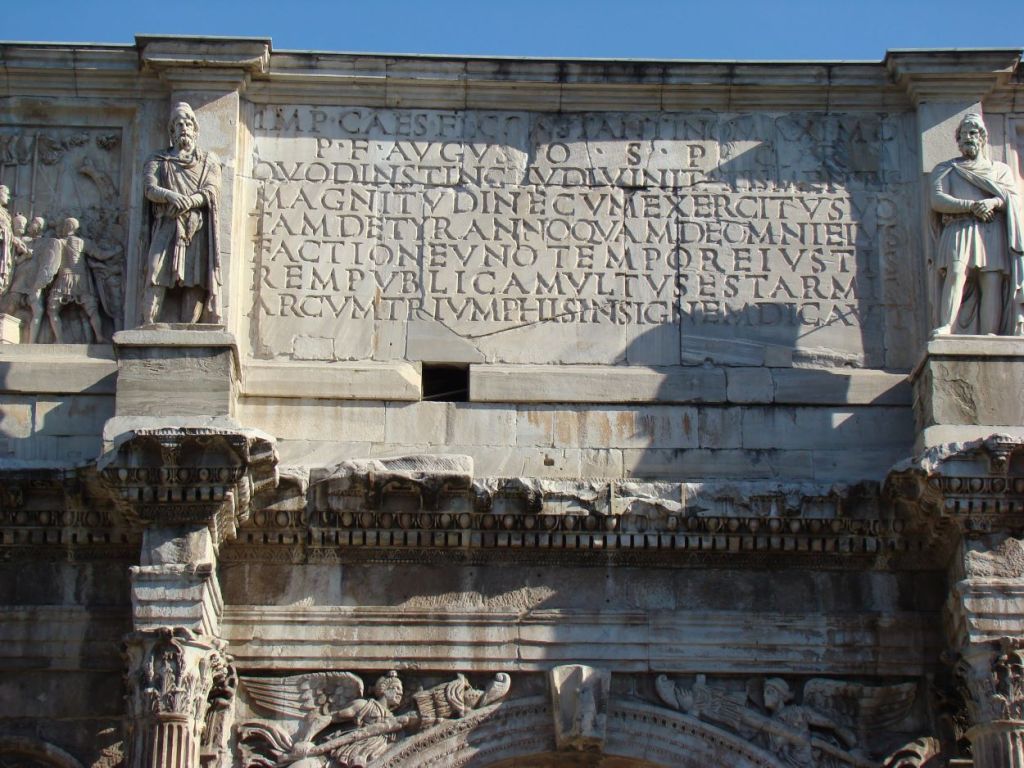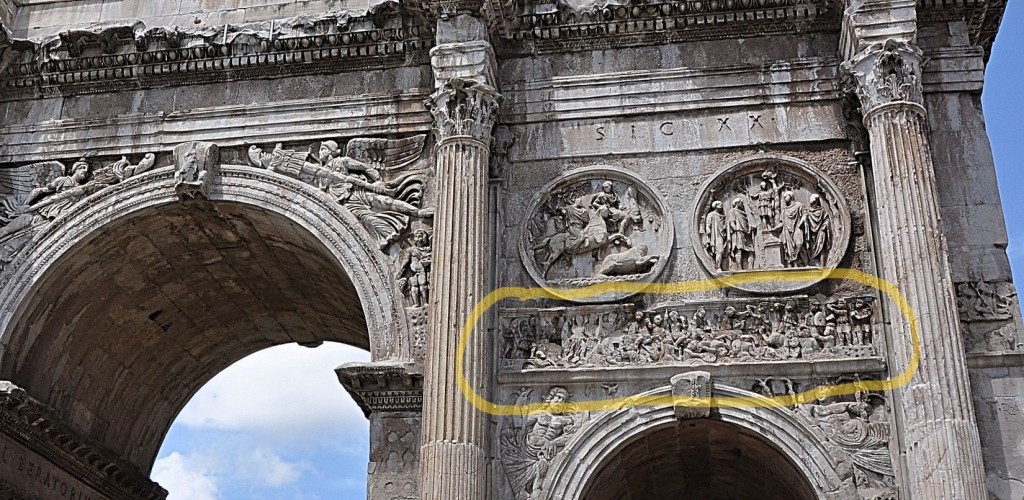Today my tour group visited Ostia Antica, and saw some of the excavations there. Over time, the port silted up, but in antiquity it was of vital importance to Rome. The Lexham Bible Dictionary has the following information:
OSTIA An ancient port of Rome located at the mouth of the Tiber River. A vital strategic and commercial site of the Roman Empire.
Location and Biblical Relevance
Ostia was the nearest port that granted access to Rome for seafaring travelers of the New Testament world. Its name is derived from the Latin term ostium, meaning “doorway” or “entryway.” The name encapsulates the importance of the site, for it served as the maritime gateway to the capital of the Roman Empire.
The city and port of Ostia was located 22 miles (35 km) downstream from Rome at the mouth of the Tiber River. It was associated with sea trade, which brought in wares and cultural goods from throughout the Mediterranean.
Ostia was also an early base for Roman naval activities. In its first centuries, the city was hardly more than a Roman army camp populated by citizen colonists (Salmon, Roman Colonization, 26–27). Ostia was not an excellent harbor; its anchorage was exposed, leaving it vulnerable to storms and pirates. These problems would not be solved until the first and second centuries ad, when the rival port of Portus was constructed.
Brand, S. The Lexham Bible Dictionary. Lexham Press.
As one first enters the archaeological area, there is a statue of Minerva-Victory.
The theater was constructed at the directive of Caesar Augustus, and was enlarged by Commodus and restored by Septimius Severus.
There are some typical masks on site behind the stage area.
We also saw an altar dedicated to Mars and Venus with the representation of the Tiber river god, the she-wolf and the twins Romulus and Remus.
At the necropolis there are numerous sepulchral buildings, including the Tomb of the Little Arches.
Click on photos for larger view.








 Posted by Leon Mauldin
Posted by Leon Mauldin 

























